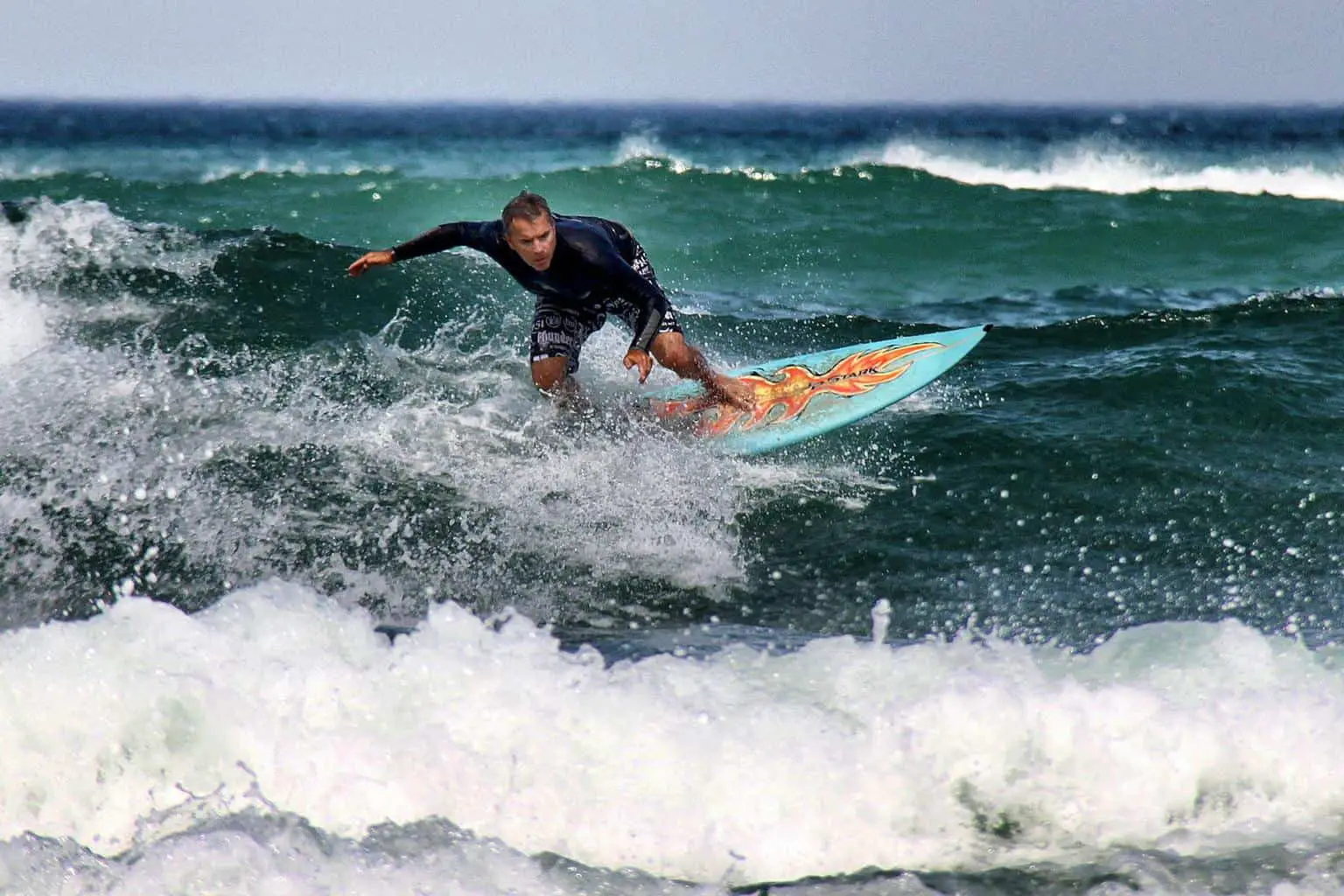The world’s surf culture is growing bigger by the year, and some very unexpected cultures have picked up the thrill of riding a wave.
One of the most unexpected countries that fall into this category is Japan.
Because of its conservative culture, you may not think that Japan has a large surf culture, but it does.
Being home to some world-class breaks, Japan is a must-stop destination for the traveling surfer.
Below we will take a look at the surf culture that has formed in Japan, where to find the best waves, and when to catch them.
- The History of Surfing in Japan
- The 5 Best Surf Sports in Japan
- What Time of Year is Japan’s Surf the Best?
- Choosing the Right Gear to Surf in Japan
- Japanese Surfing Heros
- Conclusion
- You Might Also Like…
The History of Surfing in Japan
It is said that modern surfing was first brought to Japan after the second world war somewhere between 1945 and the 1960s.
The story goes that after the war the US took over Yokosuka naval base and would take advantage of the waves in their downtime.
Surfing on fiberglass longboards, Japanese locals noticed the sport and became hooked.
However, the history of surfing in Japan goes back further than this.
There are reports of Japanese surfing going back as far as 1821. Although this was different from what we consider to be modern-day surfing.
A Haiku poet by the name of Dokurakuan Kanri wrote about a sunny afternoon on Yunohama beach where young men skimmed along the waves.
This is closely related to what we now call bodyboarding, which was done on wooden planks called “itago”.
Itago were formed from the wooden planks used for the flooring on traditional Japanese boats.
These “boards” had the original purpose of aiding people while learning to swim and eventually transformed the ocean as a place to work into a place of enjoyment.
Japan’s Modern Surf Culture
Today Japan is one of the most desirable surf destinations in the world.
With nearly every bay with a breaking wave holding a vibrant surf community, Japan has become a major tourism destination for surfers, particularly from the USA.
An analysis made by the Miyanichi Press in 2015 estimated that 15.5 million USD has been injected into the economy through surf-related tourism.
Come 2020, Japan was scheduled to make its first surfing appearance in the Olympics and present an opportunity to show off their spectacular Pacific coastline.
The 5 Best Surf Sports in Japan
As mentioned, Japan is home to some of the most vibrant surfing cultures around and therefore must be home to some of the world’s best waves.
So when traveling to Japan on a surf holiday, what beaches should you seek out and where are the best waves?
Rating waves on a perfect-o-meter from 1 (Lake Erie) to 10 (Jeffrerys bay).
1. Chiba
About 45 minutes outside of Tokyo, Chiba has a range of beaches and breaks ranging from small beginner waves to crashing barrels suited for the more advanced surfers.
Some of these breaks that are worth mentioning include the following:
Hebara Beach
With a mixture of sand and rocky bottom, Hebara beach can be the perfect wave for a beginner when swell is small, ranging to an intermediate to advanced ride as waves pick up in size.
Hebara is a popular surf destination and can be very packed over weekends when the swell is good.
Depending on the sand bar at the time, Hebara beach has a perfect-o-meter rating of 6/10.
Shidashita Beach
Although it can become very crowded, Shidashita is a large open beach break with many sections to choose from.
Suited better for the intermediate or advanced surfer, this sandbar is a great surf no matter the tides.
Shidashita has a perfect-o-meter rating of 6/10 depending on the sandbar.
Malibu
One of Japan’s classic reef breaks that is always filled with the best local surfers in town.
This break has a perfect-o-meter of 9/10 so it is no wonder that you will find all of the best surfers here whenever there is a wave to be ridden.
If you are an advanced surfer and are in the Tokyo area then this wave is a must-try.
Just remember to respect the locals and maybe you might get a chance to try out one of Japan’s finest.
2. Shonan
Known as the birthplace of Japan’s modern day surfing and named one of the top 20 surf towns in the world, Shonan is almost always crowded at just about every break.
This, however, does not mean it should be left off your list of must-visit surf destinations because it is here that you will get a real feel for the Japanese surf culture.
Slightly south of Chiba, Shonan provides small waves for most of the year and tends to be blown out when bigger swell and winds pick up.
This is a perfect spot for beginners and allows variation between sandbar and reef breaks.
The upside to this location is that it is surfable at all tides.
Shonan has a rating of 6/10
3. Shikoku
Considered to possibly be the best region for surfing in Japan, Shikoku island is known for its ideal beach conditions, easy access, and welcoming surf community.
Some of the best breaks in Shikoku island include:
Niyodo
Located at a river mouth this wave rarely breaks perfectly, but when it does it becomes a world-class ride.
This right-handed sand and rock bottom break is suited to the intermediate surfer and does not hold a massive crowd.
Surf-forecast gave this wave a rating of 6/10 but this is attributed mostly to the inconsistency.
Kaifu
Another river mouth break, Kaifu is one of the best waves in Japan. Home to national and international surf competitions, this wave presents powerful barrels and long rides.
Although it rarely breaks, Kaifu can hold up to 12 ft barreling waves and is often crowded during these times.
Kaifu has been rated differently and is said to be 8/10 according to magic seaweed and 6.5/10 according to surf-forecast.
4. Okinawa
Okinawa and the surrounding island chain is a wonderful tropical location that homes many high-quality reef breaks.
These breaks are often difficult to navigate and not ideal for the novice surfer, however, they can be surfed year-round, even in the coldest season.
Some spots that are worth mentioning on the island include the Sunabe Seawall, Madea, and Aha Point.
5. Kansai
If you are in Osaka, the Kansai region is the place to be to catch a wave.
Something that makes this area so popular is Mount Fuji which can be seen from many of the breaks.
If you are in Osaka and are aching for a ride then head down to Gobo, Katsuura, or Isonoura.
What Time of Year is Japan’s Surf the Best?
Japan faces drastic weather changes throughout the year, and thus the surf conditions are affected.
The best months to guarantee swell in Japan are during the typhoon season which spans between September and November.
During this time you will find yourself in shoulder height to triple overhead swell in some of the world’s best locations.
Winter seasons (December – April) also hold some good surf conditions depending on the location and wind direction.
If you are going surfing in the winter the water will be incredibly cold and you should prepare for this accordingly.
The least favorable time to surf in Japan is during May and June. This is when the seasons are changing and waves can be fickle.
However, with the right storm, even May and June can bring through some quality surf sessions.
Choosing the Right Gear to Surf in Japan
As you would have realized by now, the weather conditions, surf locations, and types of breaks variate massively throughout the time of year and your location in Japan.
Being at an amazing break with the wrong gear can turn a possibly great surf experience into an unenjoyable struggle.
What Surfboard Do You Need in Japan?
This question is only truly answered by each individual, however, a general rule of thumb would be to take with you a good all-round surfboard.
If you are planning to hit some steeper out of the way swells then a shortboard could be ideal.
Keep in mind you will probably come across some small waves where a minimal will best meet your needs.
The best advice is to take a medium-sized board that suits most needs and rent a different-sized board if needed.
There are many places to rent a surfboard around the best breaks in Japan, so finding one will not be a struggle.
What Kind of Wetsuit Do You Need in Japan?
Once again, this is always up to the individual, so if you tend to get cold easily then keep that in mind when packing your gear before jumping on a plane.
This will also depend on the destination that you will be surfing at during your time in Japan.
A general guide for wetsuit thickness for Japan:
April to July: 3/2 full-length wetsuit
August to September: Boardshorts, rash vests, or a thin 1 – 2mm wetsuit will suffice.
October to November: 3/2 full-length wetsuit.
December to March: 4/3 full-length wetsuit with booties and possibly a hood and gloves.
Japanese Surfing Heros
Apart from the amazing waves and abundant surf culture in Japan, some of the world’s best surfers are coming out of the country.
In 2018 the Japanese surf team, at the ISA World Surfing Games, took the gold medal, leaving legendary surf teams such as Australia, the USA, and South Africa in their wakes.
Following this, at the ISA World Junior Surfing Championship, Team Japan took another gold medal standing beating the USA, Australia, and Hawaii.
Furthermore, set to represent Japan in the 2020 Olympic Games, pro surfer and Japanese legend Kanoa Igarashi became the first Japanese surfer to win an elite World Surf League’s Championship Tour event which took place in Bali.
When watching Kanoa carve up the wave, it is easy to see how Japan has some of the best surfers around.
Conclusion
Surfing in Japan can be originated back to the 1800s and has formed a large part of the Japanese culture.
Japan holds some of the world’s best surf destinations, a huge variety of waves, and a vibrant surf community.
This island country also is home to some of the biggest up and coming surf stars that the sport has ever seen.
If you are looking for somewhere to take your next surf trip to, Japan might be the place you are looking for.
You Might Also Like…
-

Do Surfers Ride Switchfoot? 5 Benefits (& Why You Should Learn It)
-

Do Surfers Shave Their Legs? 5 Common Reasons (+Pros & Cons)
-

Do Surfers Wear Helmets? 8 Situations You Should Wear One (+4 Cons)
-

Do Surfers Poop in the Ocean? Myths & Facts (+5 Tips)
-
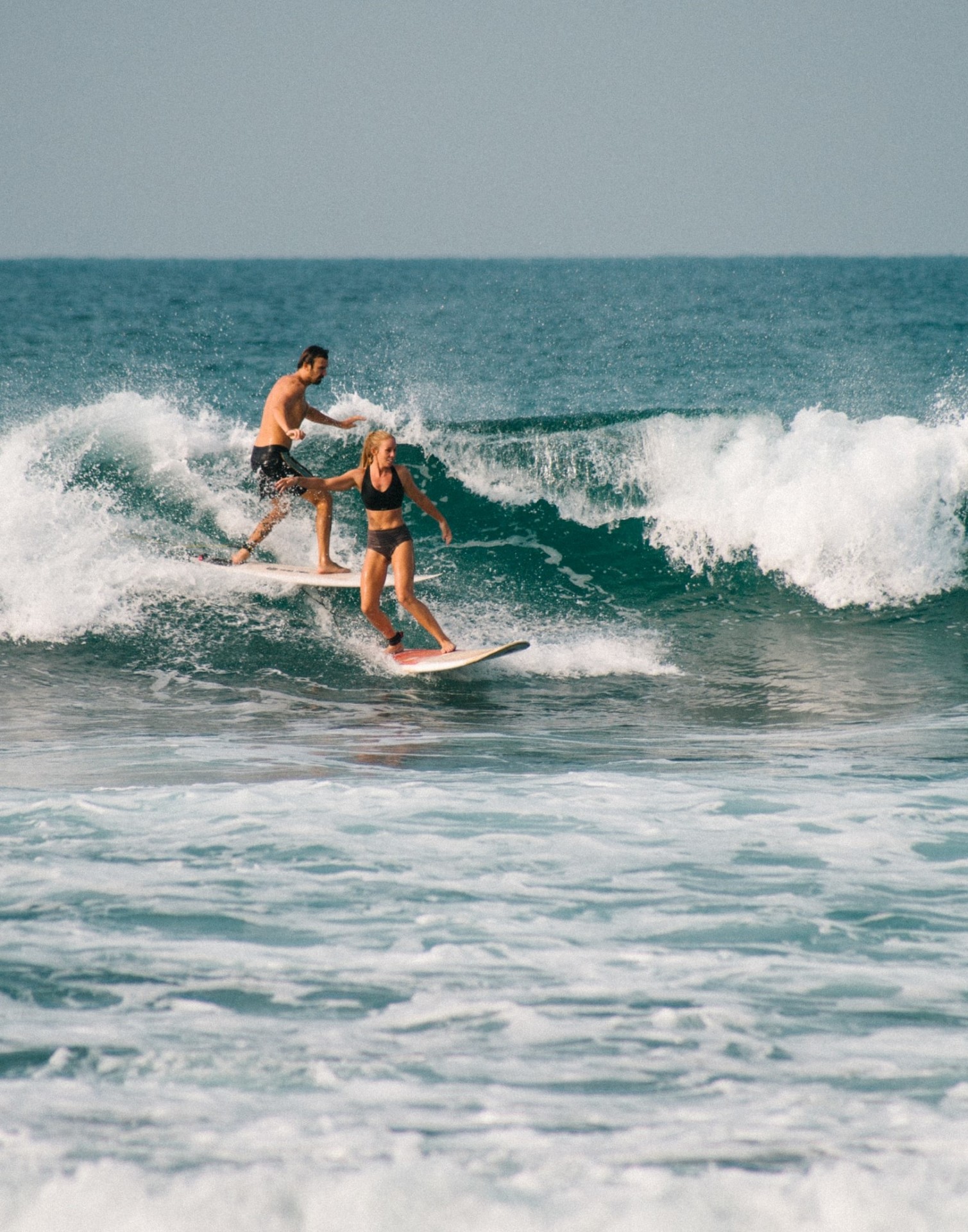
Do Surfers Run Into Each Other? 5 Common Reasons (+8 Tips)
-
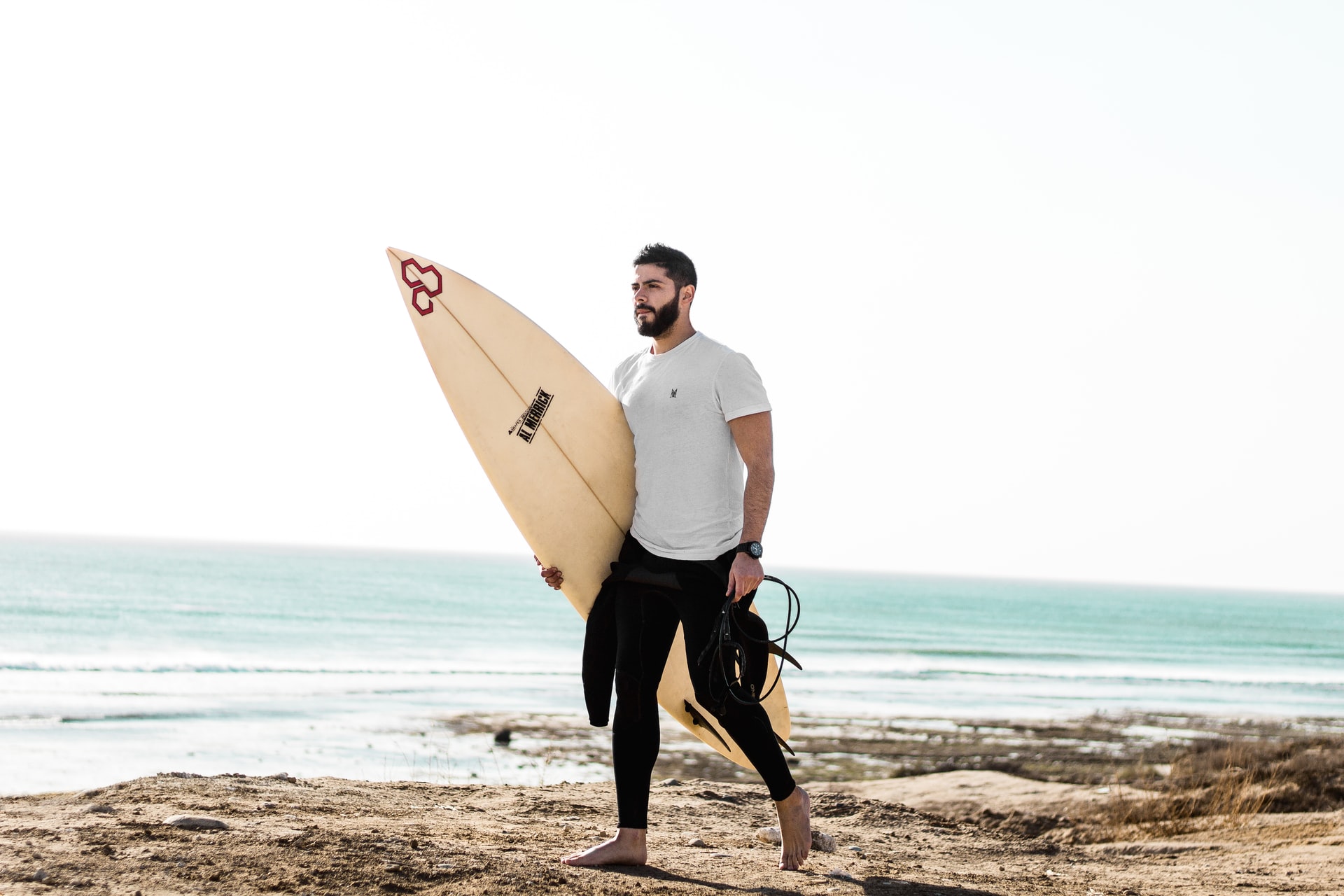
Do Surfers Have Beards? Pros & Cons You Should Know (+4 Tips)
-
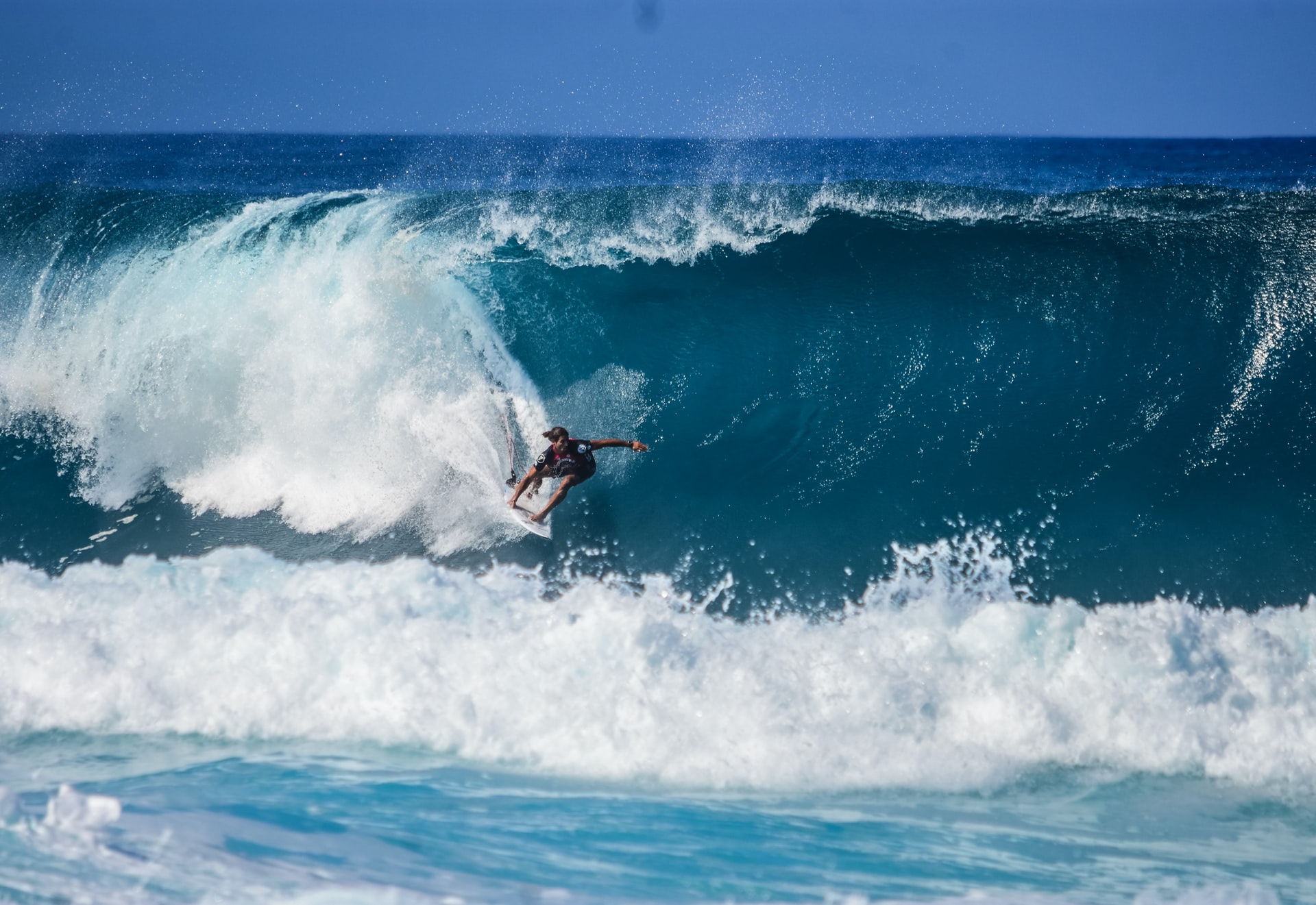
Do Surfers Like Constructive or Destructive Waves? (+Pros & Cons)
-
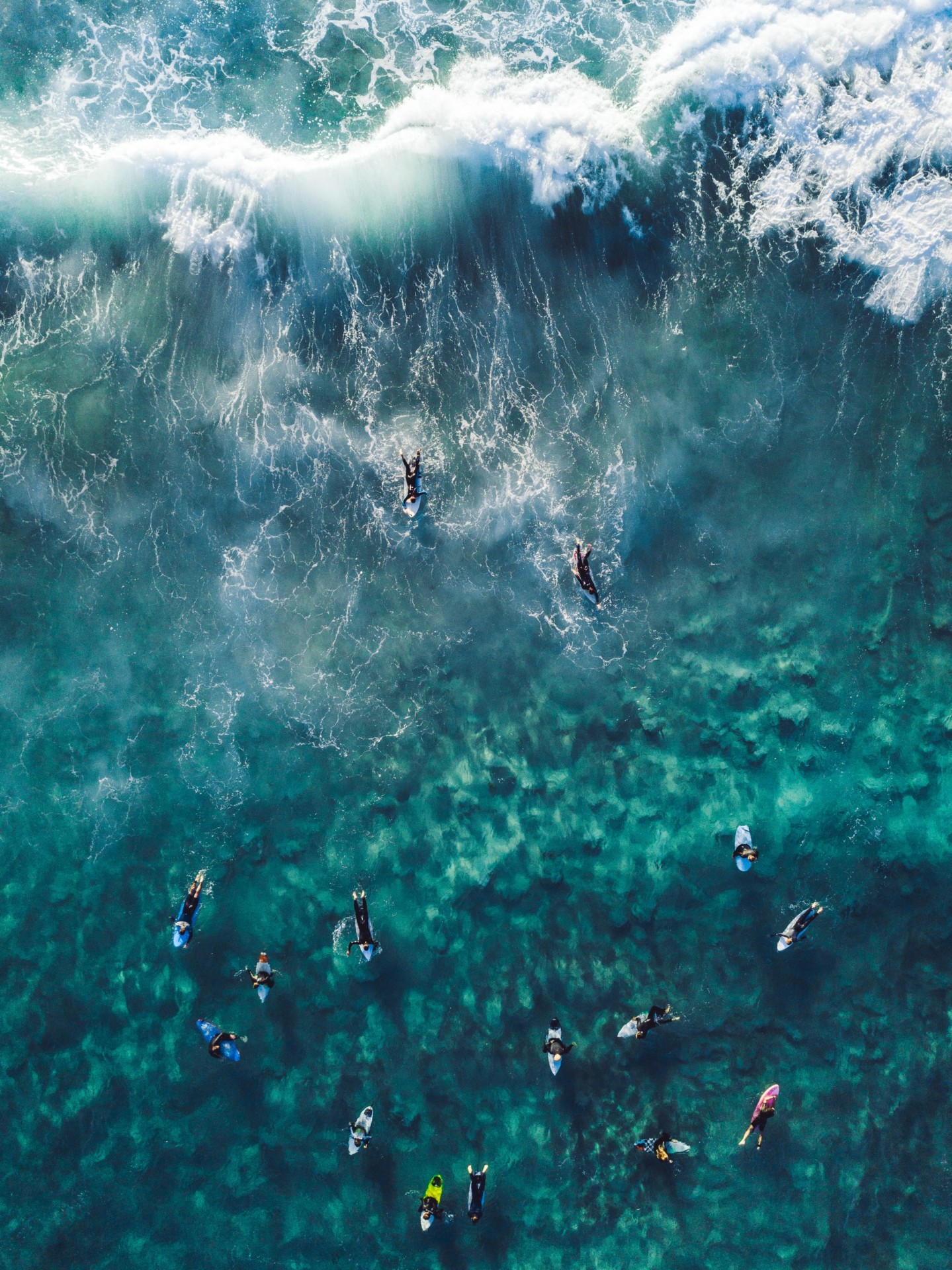
How to Surf Safely: 34 Crucial Tips (Every Surfer Should Know)
-
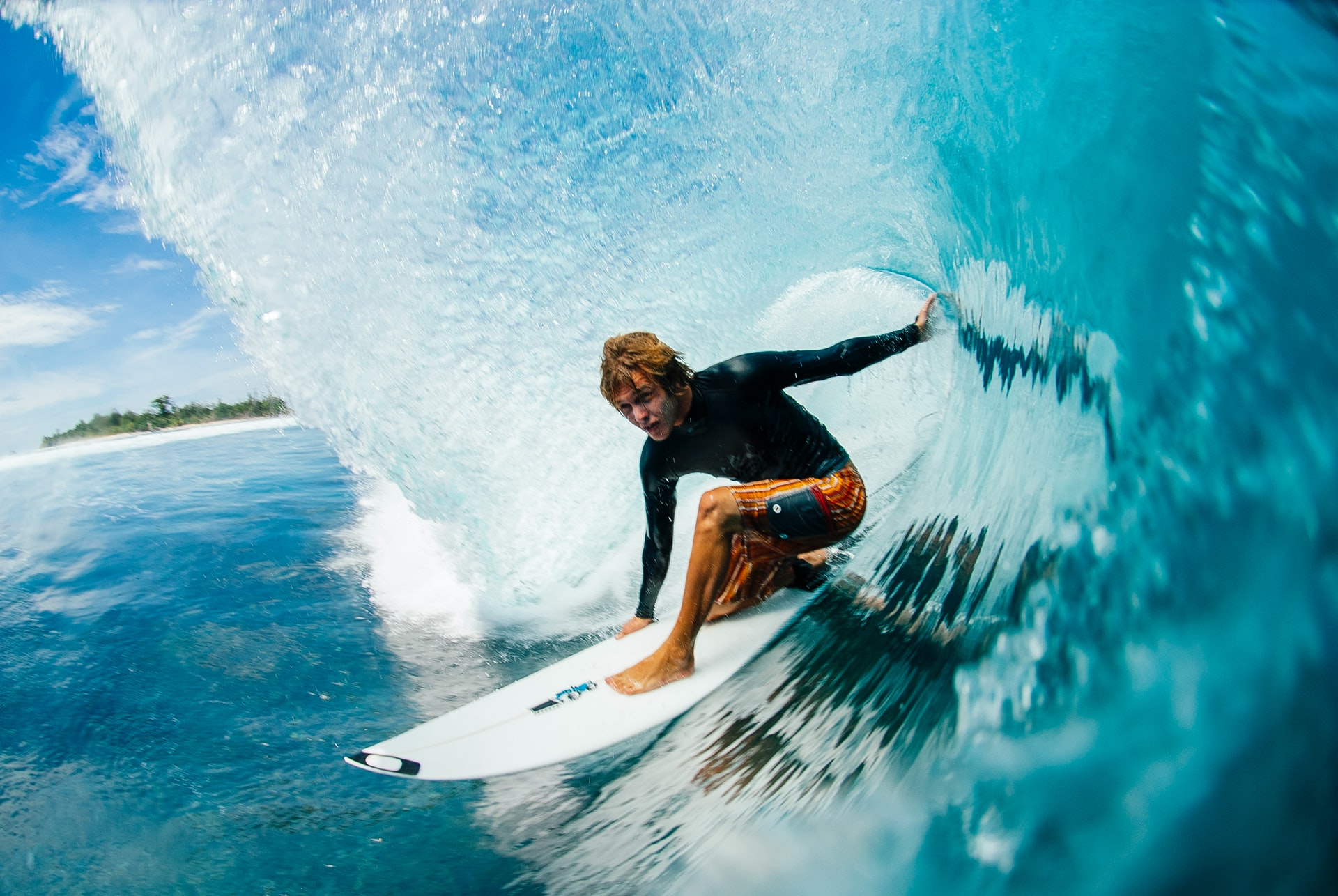
Do Pro Surfers Use Leashes? (+6 Reasons Why You Should Too)
-
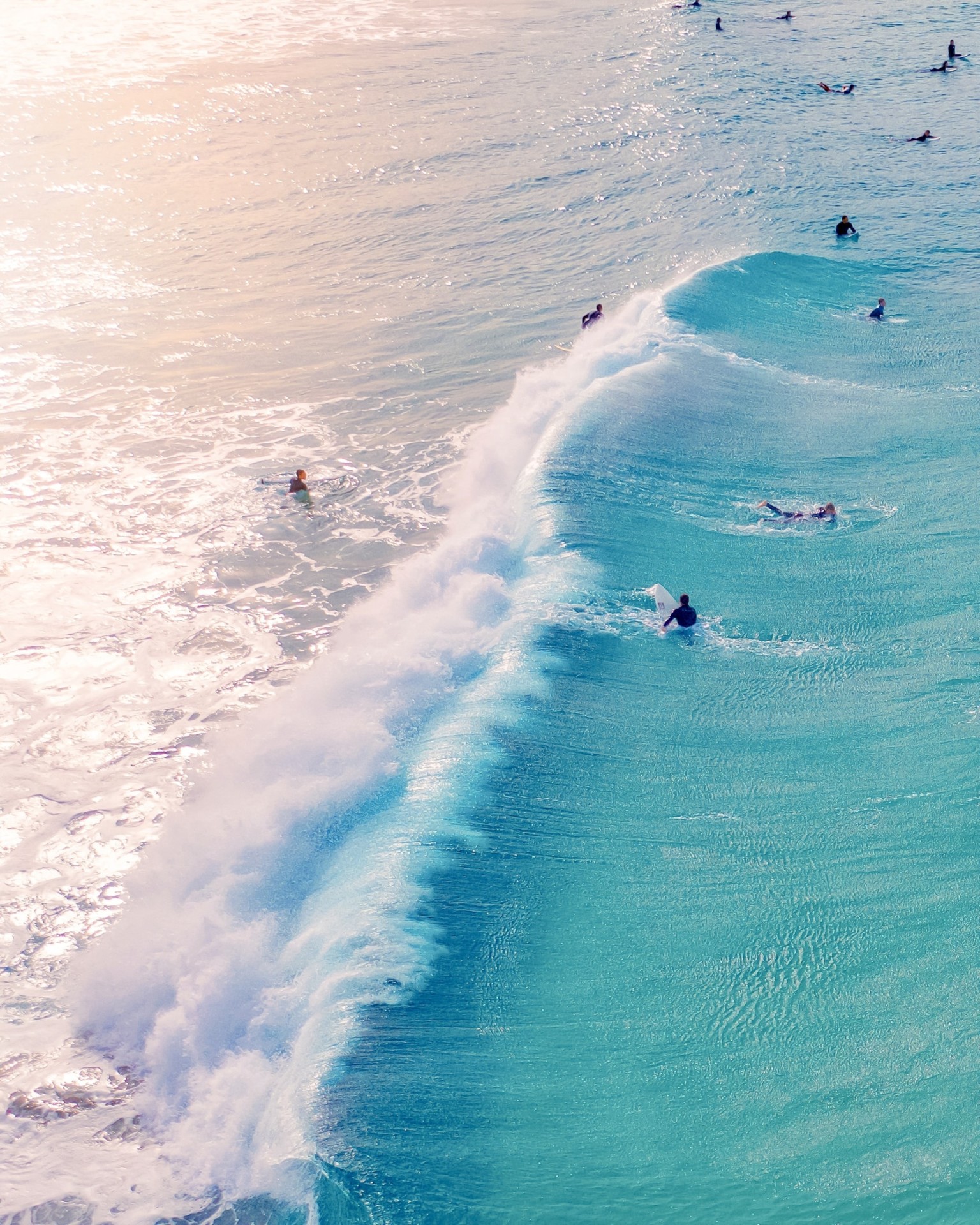
Do Many Surfers Drown? Here Are the Facts (+4 Common Reasons)
-
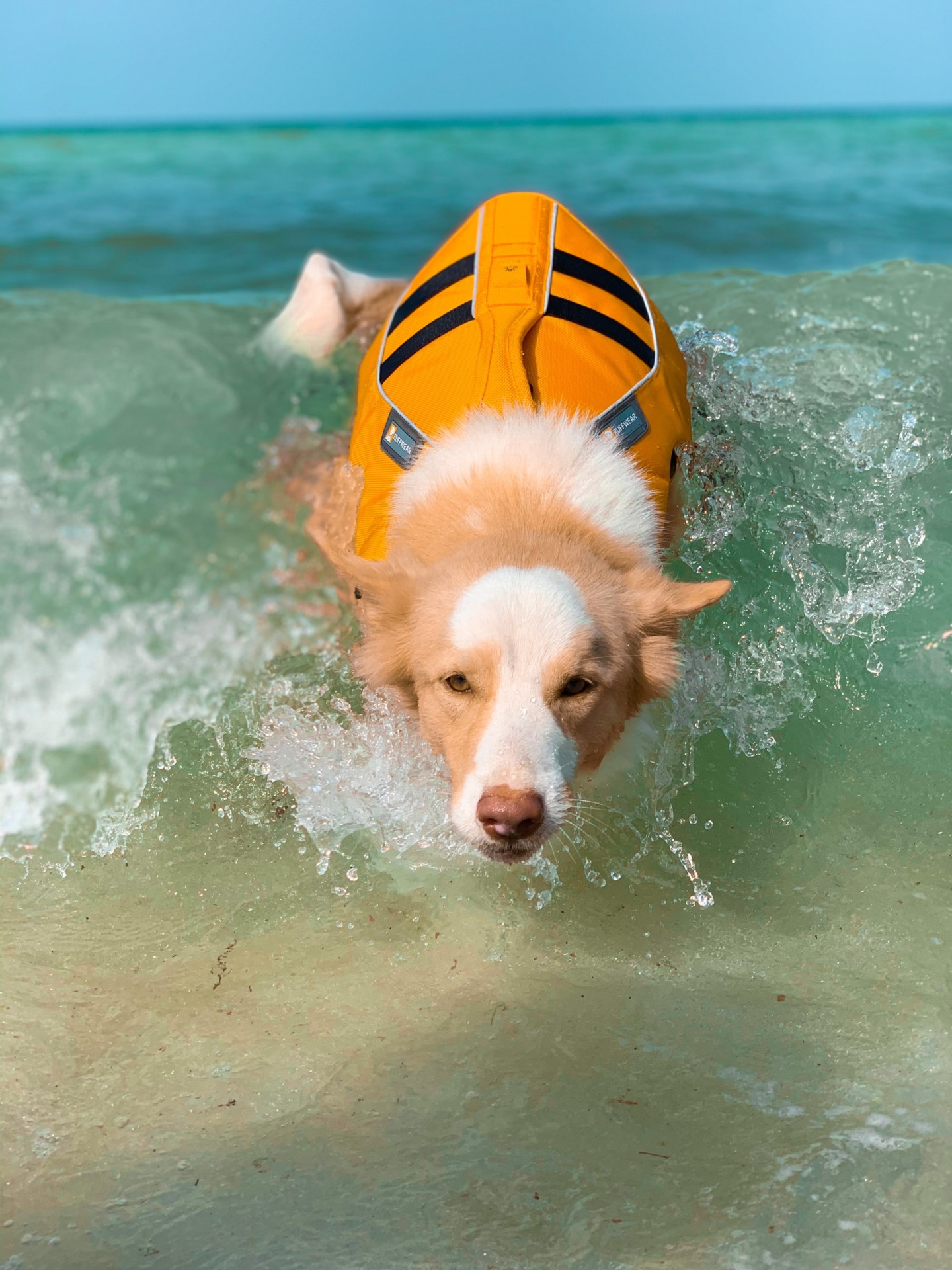
Do Surfers Wear Life Jackets? (7 Reasons Why They Don’t)
-
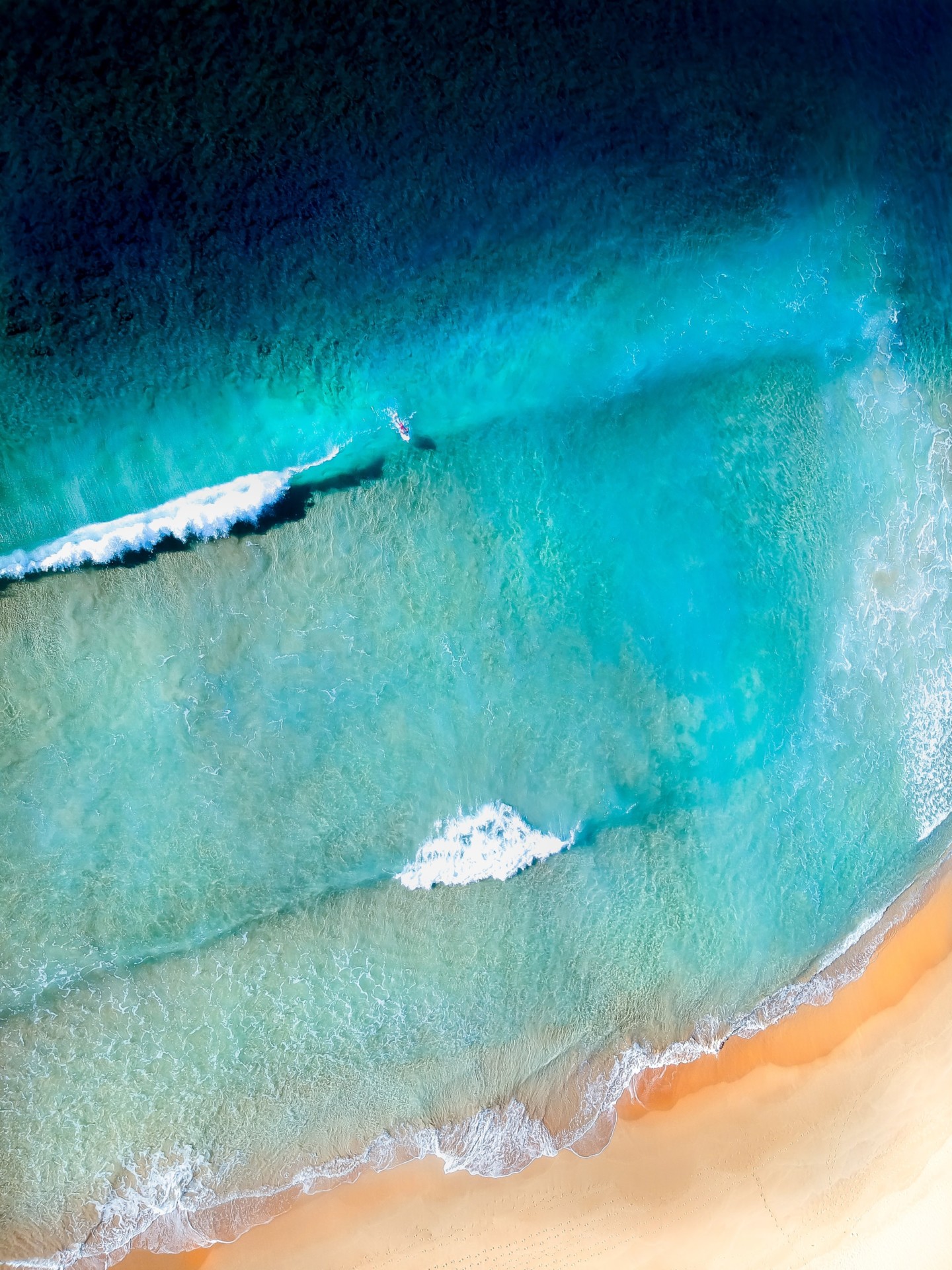
Do Surfers Like Rip Currents? (& How to Use Them Safely)

